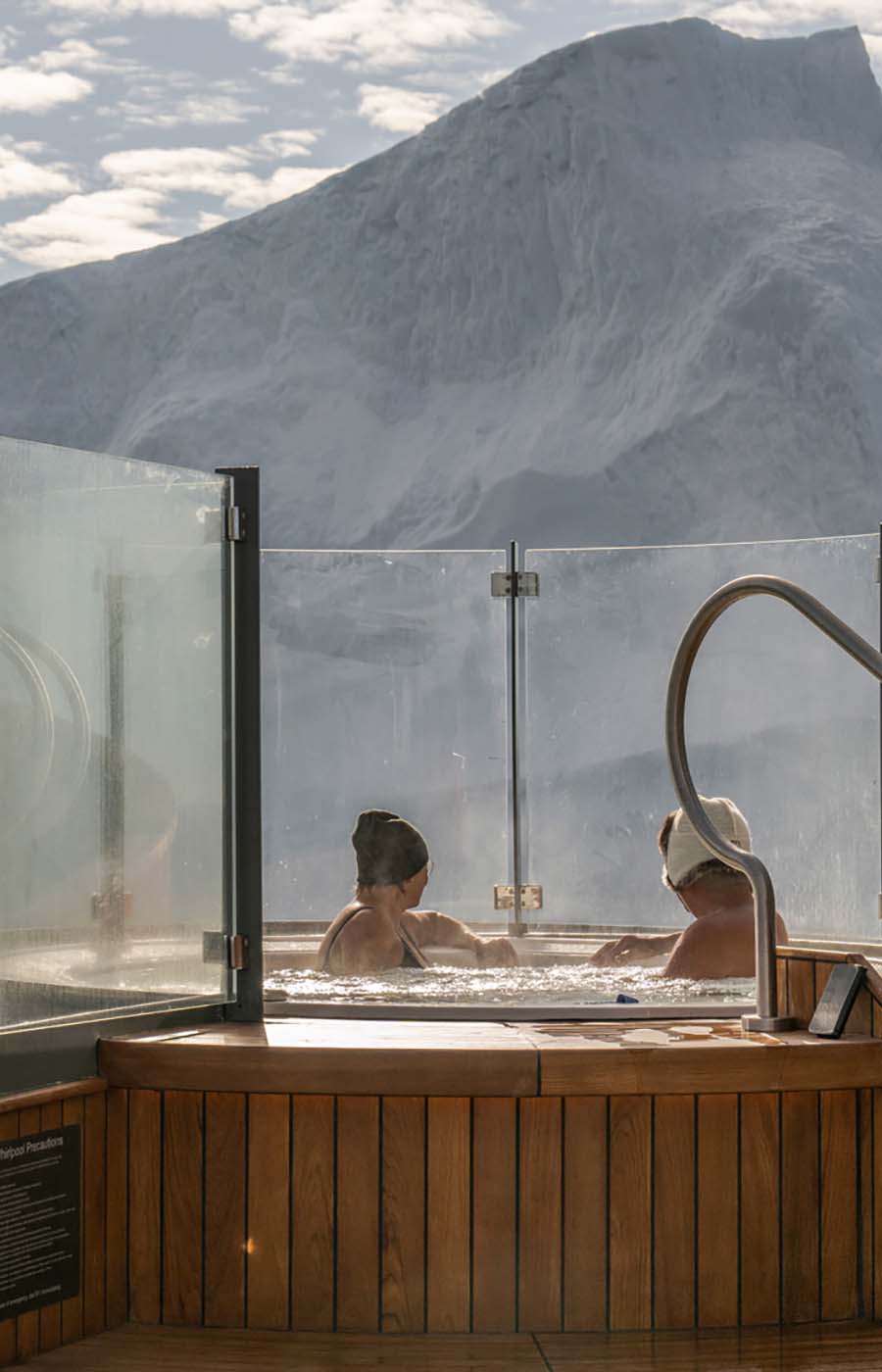Natural beauty and a rich history make this remote town a true destination
A city facing Alaska’s Inside Passage — a popular port along the state's southeastern coast — Ketchikan is way more than a just a stop along the way; rather, it’s a true destination in itself. From a glacier-carved, snow-capped national monument, to a rich variety of wildlife, to the largest collection of totem poles anywhere, it boasts a compelling blend of nature and culture.
Located along Alaska’s Inside Passage, Ketchikan is the state’s southeasternmost major settlement and fifth most-populous city. Incorporated in 1900 (almost six decades before Alaska was granted official U.S. statehood), it’s the oldest incorporated city in Alaska.
Related Seabourn itineraries and amenities below
Accessible by boat or aircraft from Ketchikan, the Misty Fjords (also spelled Misty Fiords) National Monument is a stunning example of untouched natural beauty. Over millions of years, majestic peaks of light-colored granite have been sculpted by glaciers, creating an extensive network of fjords: These stunning inlets — flanked by the steep mountain cliffs — make for a memorable scene. Most mountain tops in the monument are around 4,000 to 5,000 feet above sea level, and the highest peak rises to 6,250 feet. And it’s all set within a large tropical rainforest environment marked by majestic hemlock, spruce, and cedar trees, as well as abundant wildlife from whales and grizzly bears to wolves and mountain goats.
Beautiful mountain views in the distance — combined with diverse wildlife and breathtaking elements of nature up close — makes this 6.7-mile trail, located in Tongass National Forest, a required list item for so many hikers visiting the area. The terrain is made up of gravel areas, wooden bridges, and sections of natural rock and heavy timber. Rated as difficult, the trail is best for advanced hikers or those accompanied by experienced guides, as steep switchbacks, uneven terrain and loose rocks are a potential safety risk (also, it’s important to remain on the trail at all times, as there are a number of steep cliffs just off it). Still, more seasoned hikers who want to get close to nature will likely find this to be a meaningful, memorable experience.
Housing one of the world’s largest collections of unrestored 19th century totem poles in the world, the Totem Heritage Center — whose location is listed on the National Register of Historic Places — is a place to explore the area’s rich history and culture. Founded in 1976, the center’s main mission is to preserve these totems (recovered from uninhabited settlements of the indigenous Tlingit and Haida people). The center houses 33 totems, with 16 on display and the rest available for research purposes. But there’s also plenty beyond totems, with exhibits displaying art and artifacts from the area’s indigenous Tlingit, Haida, and Tsimshian people — as well as art classes and other programs designed to promote and celebrate the artistic traditions of the area’s indigenous people. The museum is open year-round; for hours and other pertinent info, visit this site.
If you’re a seafood lover, or a foodie in general, you’ll likely know that salmon from Alaska is some of the best in the world. Ketchikan, known as the “salmon capital of the world,” is the prime source for that oft-favored fish, and in May through September, it’s one of the world’s most desirable fishing destinations in the world. Large numbers of all five species of Pacific salmon — king, coho, pink, chum, and sockeye varieties — return to its marine waters every year. It’s also a main source for halibut (as salmon are its major food source), cod, rockfish, and more.
If you have the proper licenses and follow all non-resident regulations, you’re free to bring your own gear and fish in the many streams, rivers, and lakes in the area. But if you’re not a fishing expert, it’s a good idea to opt for a guided boat tour or excursion, where guides do the legwork for you before, during, and after your fishing experience (including providing equipment and taking care of all the necessary permissions) so you can de-stress and focus on the perfect catch. On that note: with Seabourn’s exclusive “Enjoy Your Catch” experience, guests can have not just an expertly guided fishing session, but also the option to have the onboard culinary team prepare their catch for a delectable — and memorable — dinner.
A stunning Southeast Alaskan exploration transforms one traveler's point of view
A look at the nature and culture of one of the world’s most stunning remote corners
From orcas to stealthy submarines, there are hidden worlds filled with amazing secrets just below Alaska’s waterline.

